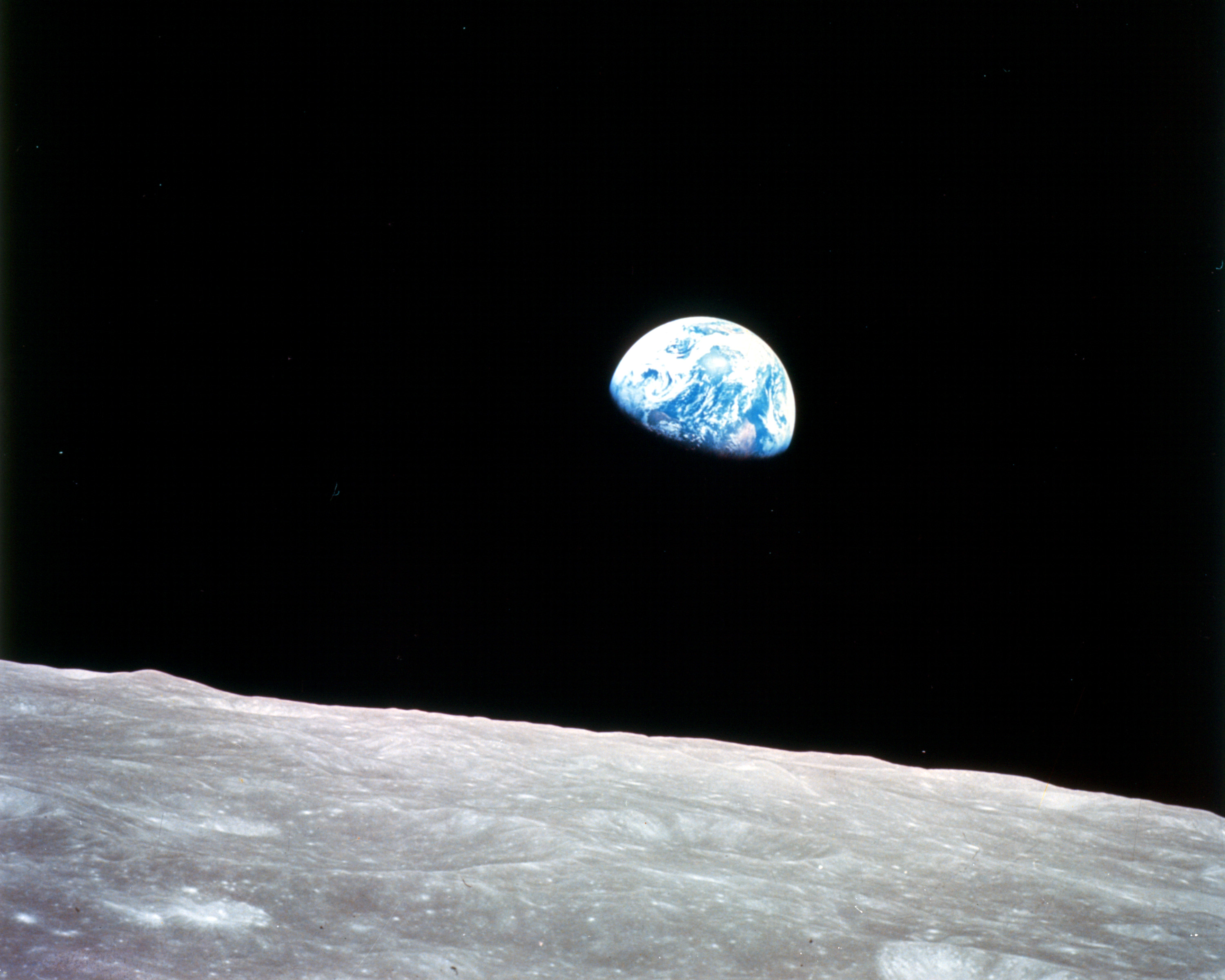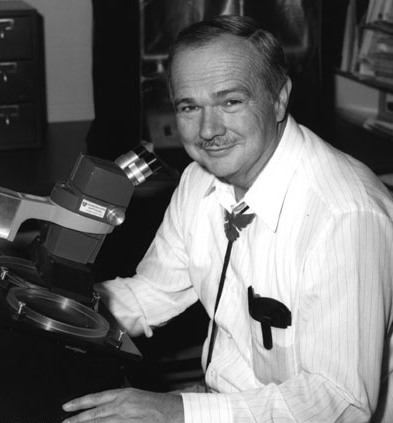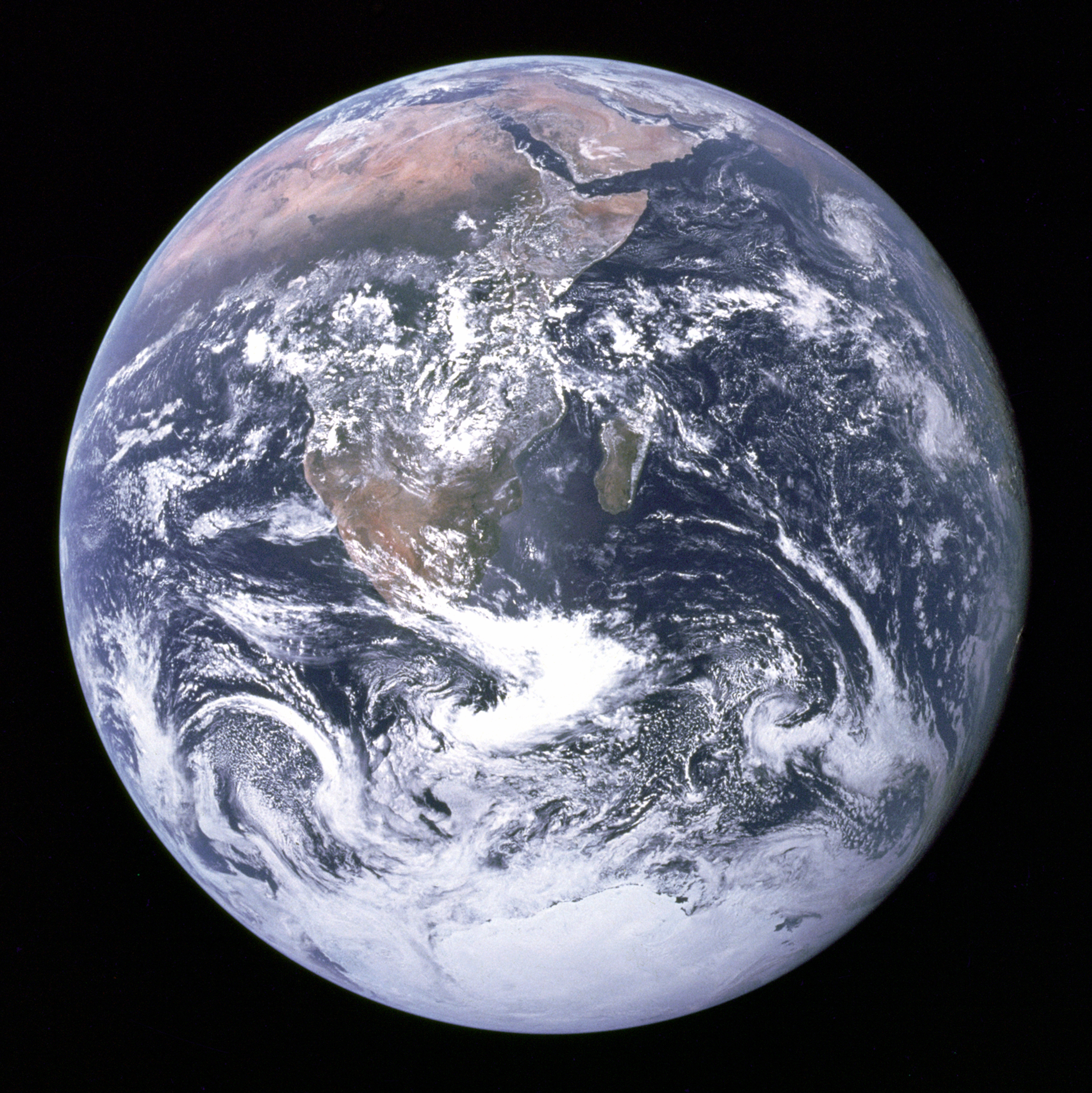Collisions (Astrophysics)
Enlarge text Shrink text- Work cat.: 2001029529: Collisional processes in the solar system, 2001:CIP galley (impact processes)
- NASA Thes.(Collisions)
An impact event is a collision between astronomical objects causing measurable effects. Impact events have been found to regularly occur in planetary systems, though the most frequent involve asteroids, comets or meteoroids and have minimal effect. When large objects impact terrestrial planets such as the Earth, there can be significant physical and biospheric consequences, as the impacting body is usually traveling at several kilometres a second (a minimum of 11.2 km/s (7.0 mi/s) for an Earth impacting body), though atmospheres mitigate many surface impacts through atmospheric entry. Impact craters and structures are dominant landforms on many of the Solar System's solid objects and present the strongest empirical evidence for their frequency and scale. Impact events appear to have played a significant role in the evolution of the Solar System since its formation. Major impact events have significantly shaped Earth's history, and have been implicated in the formation of the Earth–Moon system. Impact events also appear to have played a significant role in the evolutionary history of life. Impacts may have helped deliver the building blocks for life (the panspermia theory relies on this premise). Impacts have been suggested as the origin of water on Earth. They have also been implicated in several mass extinctions. The prehistoric Chicxulub impact, 66 million years ago, is believed to not only be the cause of the Cretaceous–Paleogene extinction event but acceleration of the evolution of mammals, leading to their dominance and, in turn, setting in place conditions for the eventual rise of humans. Throughout recorded history, hundreds of Earth impacts (and exploding bolides) have been reported, with some occurrences causing deaths, injuries, property damage, or other significant localised consequences. One of the best-known recorded events in modern times was the Tunguska event, which occurred in Siberia, Russia, in 1908. The 2013 Chelyabinsk meteor event is the only known such incident in modern times to result in numerous injuries. Its meteor is the largest recorded object to have encountered the Earth since the Tunguska event. The Comet Shoemaker–Levy 9 impact provided the first direct observation of an extraterrestrial collision of Solar System objects, when the comet broke apart and collided with Jupiter in July 1994. An extrasolar impact was observed in 2013, when a massive terrestrial planet impact was detected around the star ID8 in the star cluster NGC 2547 by NASA's Spitzer Space Telescope and confirmed by ground observations. Impact events have been a plot and background element in science fiction. In April 2018, the B612 Foundation reported: "It's 100 percent certain we'll be hit [by a devastating asteroid], but we're not 100 percent certain when." Also in 2018, physicist Stephen Hawking considered in his final book Brief Answers to the Big Questions that an asteroid collision was the biggest threat to the planet. In June 2018, the US National Science and Technology Council warned that America is unprepared for an asteroid impact event, and has developed and released the "National Near-Earth Object Preparedness Strategy Action Plan" to better prepare. According to expert testimony in the United States Congress in 2013, NASA would require at least five years of preparation before a mission to intercept an asteroid could be launched. On 26 September 2022, the Double Asteroid Redirection Test demonstrated the deflection of an asteroid. It was the first such experiment to be carried out by humankind and was considered to be highly successful. The orbital period of the target body was changed by 32 minutes. The criterion for success was a change of more than 73 seconds.
Read more on Wikipedia >
 Topic
Topic


















